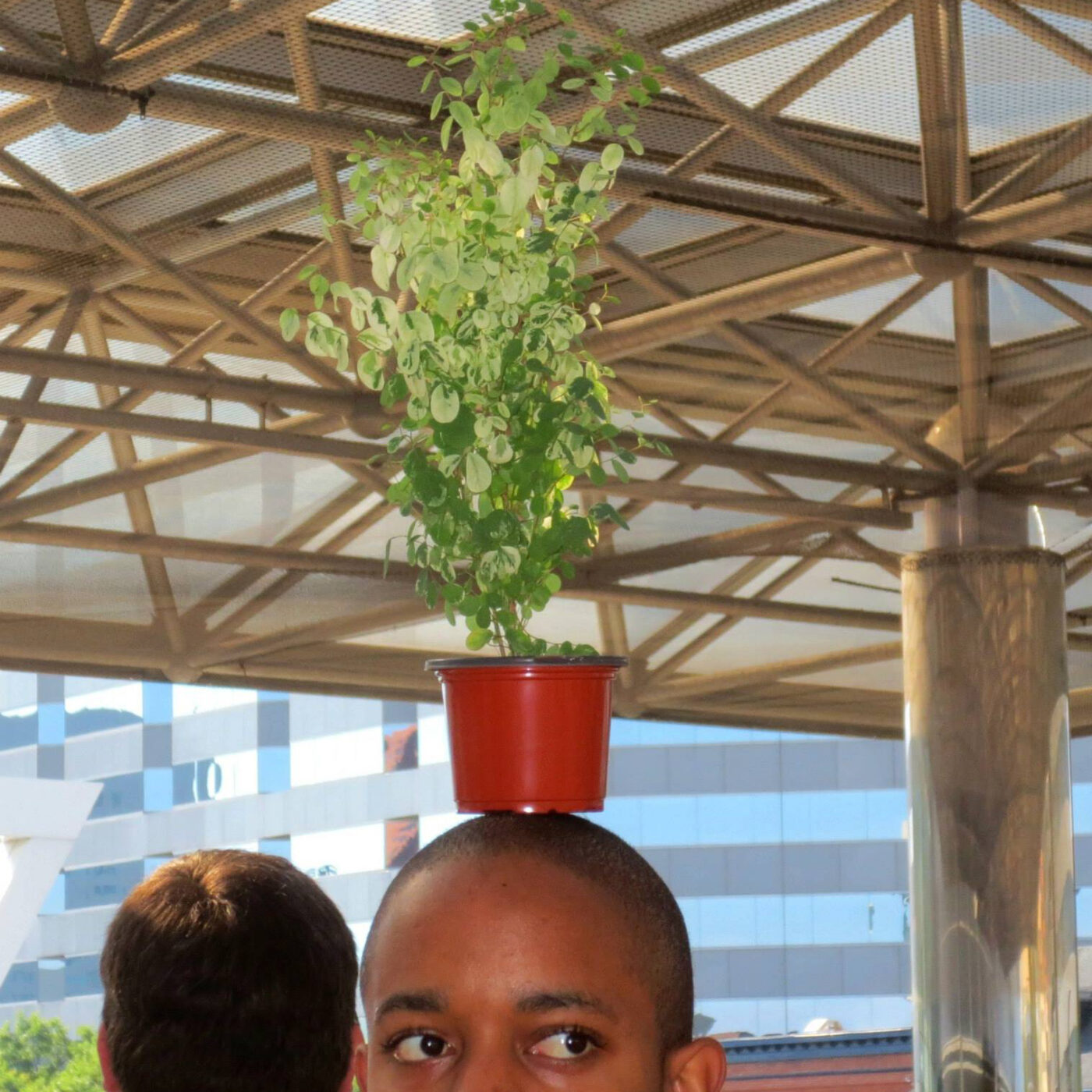A
Mnemonic
Collage



“There is nothing new under the sun, but there are new suns.” – Octavia Butler

4–5 minute experience, or the time it takes to peruse a photo album.
A mnemonic device is a strategy for learning and retaining information. For multidisciplinary artist Max Guy, the act of image-making functions as one such technique for language learning: through a process of revisiting and reworking print material from around his studio into new collages depicting hiragana and kanji, two sets of Japanese characters, Guy performs a practice of visual recitation, repeating the characters he is learning over and over again. With each collage, the artist commits the character to memory more deeply, while simultaneously playing with the memory of the images themselves: the found photographs, notes, and magazine spreads that make their way into these works hold their own history, too. In the following collages and reflection, he explores the kanji hito or jin, translated to English as “person,” and walks through his path to using collage as a method of language learning.
BY MAX GUY
In 2015 when I was a graduate student, I stopped buying paper and most supplies for about a year as a way of practicing “austerity” measures (a word that was popular in political and economic discourse of the time) in my studio. I used the thousands of sheets of paper already in my studio — comics, old prints, photographs, book pages, colored paper, notes — as scrap to take apart and reclaim as collages and silhouettes. This was a way to consider the material qualities of all the media I was learning and consuming, and maybe stop taking it for granted.
If it’s possible to use collage to help with language learning, what kind of voice could I cultivate with the destruction of icons as a foundation?
I started by cutting a square hole through my favorite Guyton/Walker monograph, which scratched my itch to unlearn the cynicism that haunted my student experience. If it’s possible to use collage to help with language learning, what kind of voice could I cultivate with the destruction of icons as a foundation? I used all of the paper in my studio to develop a system of collage that could double as a mnemonic technique, where compositions use Japanese writing as an orthographic reference.
I couldn’t take an intro course as a graduate student, so I studied Japanese independently, using every bit of Japanese trivia I’d ever learned to develop a syllabus for myself. I’m what some people would call an otaku, a person whose social life and identity largely centers around the media they obsessively consume and collect (sometimes to the detriment of their social life). The word derives from a Japanese term for home, speaking to the rich but confounding inner lives of these dandy-homebodies. As a kid growing up in downtown New York City, I was exposed to Japanese-imported comics, video games, and animation in the stores that populated lower Manhattan. Otaku culture was once the glue for my best friendships and is fundamental to my overall formulation of what art can be. This mode of working was self-affirmation at a challenging time in my life.
[ID: A series of three square collages of various configurations of the same three magazine images: a photograph of a black boy with a relaxed expression, wearing a blue and white-striped oxford shirt; a photograph of a black man wearing a white coat, dark denim jeans, and dress shoes, stepping away with his back to the camera; and a photograph of a white man’s torso, arms crossed and wearing a black t-shirt with the word “WOW.”]
Japanese uses three different alphabets in combination: hiragana, katakana, and kanji (which are adopted from Chinese letters). I learned hiragana first and some basic vocabulary by researching shōdo, Japan’s calligraphy tradition, and modern Japanese typography. I practiced vocalizing by reciting utai (vocals sung in 能, or Noh, the medieval Japanese theater form), and the lyrics to my favorite theme songs. I listened to Japanese rap and rock, including an album by the band なぞらない, or Nazoranai, which means “don’t trace,” and developed my own idiosyncratic way of relating to the language using what was at my immediate disposal.
I try to make my collage compositions legible as hiragana by creating initial sketches in solid fields of black and white, primary, and/or secondary colors. My collages circumnavigate their contours in singular incisions on paper. The textures, colors, and designs of the paper used invoke unique memories, now bound by shapes. I started using kanji to compose my collages and the three accompanying this statement were cut from the kanji for 人 (hito, or jin), “person.”

[ID: Max, a black man with a shaved head. His face has been cropped from the eyes down showing only the tops of his ears, his eyes, his eyebrows, and his shaved head. On top of his head is a small planter that holds a sprouting Japanese Snow Bush, which takes up the majority of the photo.]
Max Guy
He // Him // His
Chicago, IL
Max Guy lives in Chicago, IL. His works give form to the desires and conditions of subjugation faced by people like him. Guy received his BFA in 2011 from Maryland Institute College of Art and his MFA in 2016 from Northwestern University. He has exhibited nationally and internationally at the Krannert Museum of Art (Urbana-Champaign); MCA Chicago, Prairie Gallery, Produce Model, and Chicago Cultural Center (Chicago); Malmö Museum of Art (Malmö, Sweden), CAVE (Detroit); and Galeria Federico Vavassori (Milan, Italy). Guy will present his first one-person museum exhibition at the Renaissance Society at University of Chicago in December 2022. He works as Manager of Institutional Giving at Hyde Park Art Center.
